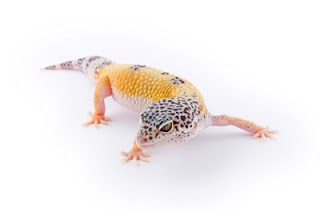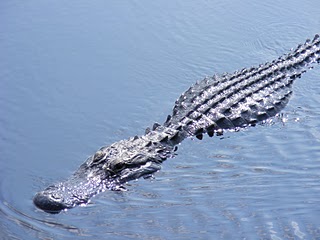Grizzly Bears
The grizzly bear is a North American subspecies of the brown bear.
 These awe-inspiring giants tend to be solitary animals—with the exception of females and their cubs—but at times they do congregate. Dramatic gatherings of grizzly bears can be seen at prime Alaskan fishing spots when the salmon run upstream for summer spawning. In this season, dozens of bears may gather to feast on the fish, craving fats that will sustain them through the long winter ahead.
These awe-inspiring giants tend to be solitary animals—with the exception of females and their cubs—but at times they do congregate. Dramatic gatherings of grizzly bears can be seen at prime Alaskan fishing spots when the salmon run upstream for summer spawning. In this season, dozens of bears may gather to feast on the fish, craving fats that will sustain them through the long winter ahead.Brown bears dig dens for winter hibernation, often holing up in a suitable-looking hillside. Females give birth during this winter rest and their offspring are often twins.
Grizzly bears are powerful, top-of-the-food-chain predators, yet much of their diet consists of nuts, berries, fruit, leaves, and roots. Bears also eat other animals, from rodents to moose.
Grizzlies are typically brown, though their fur can appear to be white-tipped, or grizzled, lending them their traditional name.
Despite their impressive size, grizzlies are quite fast and have been clocked at 30 miles (48 kilometers) an hour. They can be dangerous to humans, particularly if surprised or if humans come between a mother and her cubs.
Grizzlies once lived in much of western North America and even roamed the Great Plains. European settlement gradually eliminated the bears from much of this range, and today only about 1,000 grizzlies remain in the continental U.S., where they are protected by law. Many grizzlies still roam the wilds of Canada and Alaska, where hunters pursue them as big game trophies.
Grizzly Bear
Grizzly Bear
Grizzly Bear
Grizzly Bear
Grizzly Bear
Grizzly Bear





















